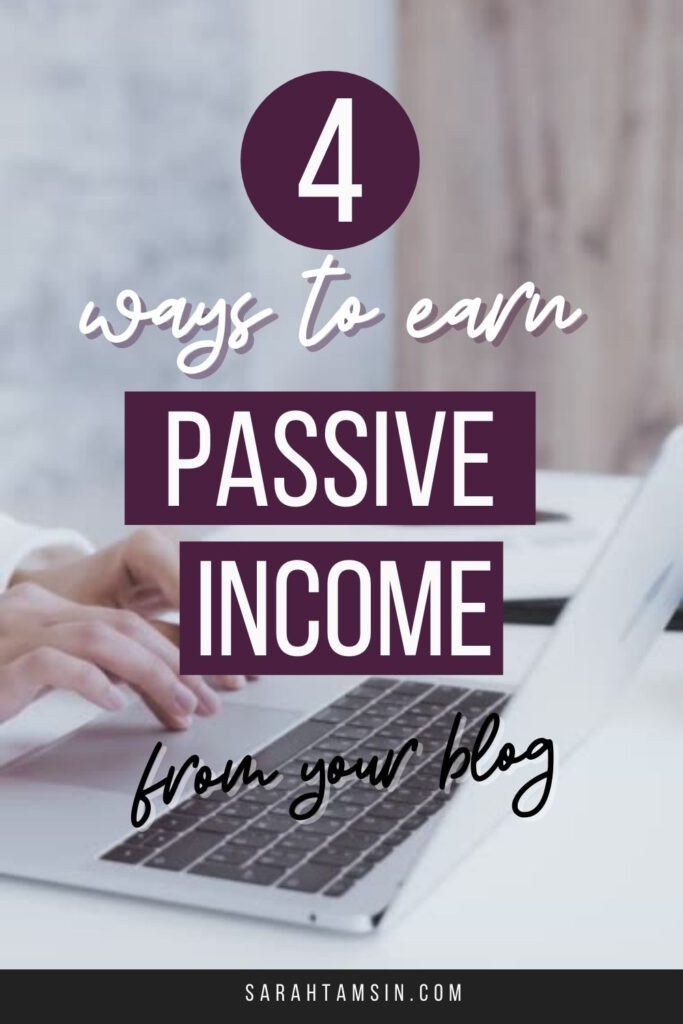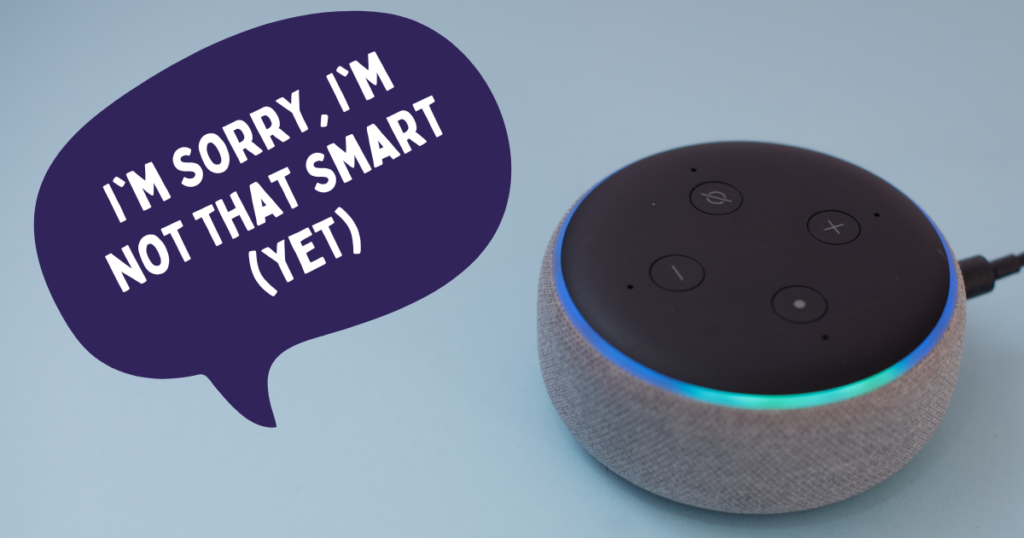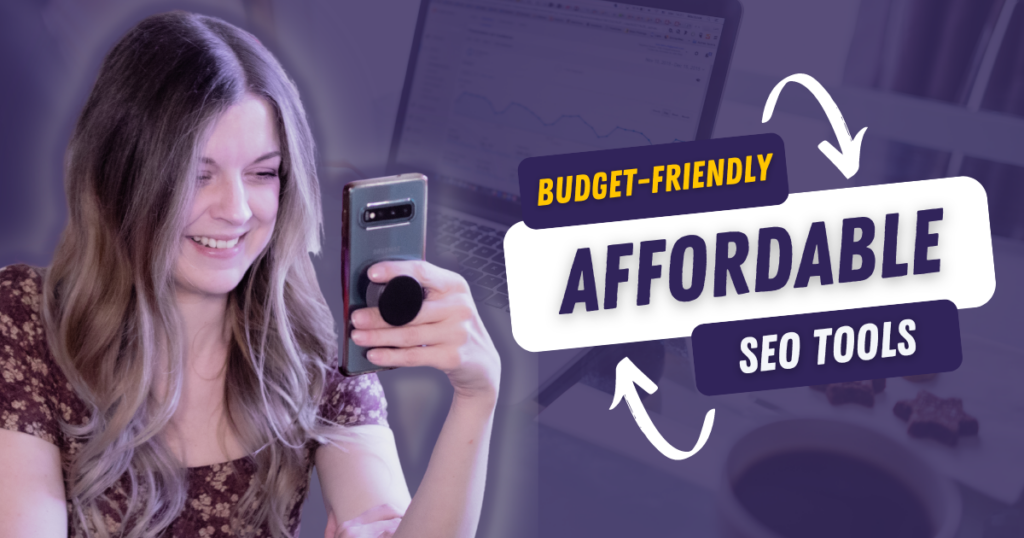It’s no secret that I earn a significant amount of my income passively through blog posts. That was the reason I was confidently and securely able to quit my job to pursue a freelance career as a content creator. But, it was not an overnight success and I put in a lot of time to reach the holy grail of truly passive income.

All of my passive income is from blogging, in this article I’ll share 4 different ways you can earn passive income with a blog. That means no YouTube, no Social Media, no showing your face (if you don’t want to) and no embarrassment about friends or family reading it.
I started creating content under various blogger pseudonyms back in late 2016. It wasn’t until mid-2017 that I made any real money and it took two whole years before the income was consistent.
Blogging certainly isn’t what it was in the 2000s or early 2010s. It’s very different now.
Back then, everyone and their dog had a personal blog of some sorts. Gradually, this was replaced by Facebook, then Instagram and now Snapchat or TikTok. But the idea behind blogging was to brain dump your thoughts for the week or use it like some sort of outward-facing diary.
The blogs that have survived and stuck around since then are not the personal ramblings of an elder millennial, they are commercial entities that exist as money-making machines.
Blogging is a business, and a very lucrative one at that. If you want to get in on the action, it’s certainly not too late.
There are over 230 million Google searches performed every single hour. Lots of the traffic from those searches is directed towards informative or engaging blog posts, so some of those 230 million queries could be answered by you! Not only that, you can earn money from it.
Let’s find out exactly how bloggers earn passive income in 2021.
Contents
How to Earn Passive Income by Blogging
1. Affiliate Marketing
This is the main way that I personally earn money from blog posts. You’re probably familiar with affiliate marketing, but just in case you’re not:
The blogger links to a product from Amazon, but uses their own unique link because they’re a member of the Amazon Associates Programme. Every time someone clicks on that link to Amazon and makes a purchase, the blogger is credited with a small amount of commission.
Bloggers with a lot of traffic and well-written content that steers the reader to click on the links can do very well this way, earning hundreds or even thousands every single day.
The trick with placing affiliate links in blog posts is to understand search intent; the reason why the user made the search in the first place. There are generally 3 main areas of search intent for consumers:
- Navigational intent
- Informational intent
- Transactional intent
Affiliate marketers capitalise by creating content that means transactional intent, for example:
- “product a vs product b”
- “[Product name] reviews UK”
- “Best [product name] 2021”
When these pages are ranking well in Google and written with conversion in mind, affiliate marketing can be very lucrative! I’m currently running 7 websites that earn money this way.
2. Sponsored Content or Link Placements
Many bloggers also earn income from sponsored content. This means a company pays the blogger to write an article or review mentioning their product. It may be a flat-fee or a commission-based agreement based on traffic, clicks or sales.
Sometimes brands reach out to the blogger with a proposal, but often bloggers will write pitches to companies themselves offering their blog (or Social Media profiles) as a platform for promotion. There are also publisher networks that connect bloggers with brands for this purpose.
If you’re a blogger who uses sponsored content, make sure that the brands you work with are aligned with your brand and a good fit for your audience. There’s nothing worse than a high-profile campaign with a brand for it to generate no sales at all.
Some bloggers will also sell link placements on their blogs. This is actually against Google’s Webmaster Guidelines so it’s not recommended. If you do sell link placements, ideally they should be marked up using the rel=”sponsored” and “nofollow” attributes (you should technically use rel=”nofollow sponsored” because not all search engines have adopted use of “sponsored” yet).
3. Digital Product Sales
Bloggers selling digital products via their blogs know that it’s another excellent source of income.
Popular digital products for bloggers to sell:
- E-books
- Virtual training courses
- Printables
- Canva Templates
- Resource sheets
- Stock photos
- Desktop and mobile wallpapers
- Lightroom Presets
- Tutorials
The fantastic thing about digital products and what truly makes them a passive source of income is that you only have to create the product once and it can sell an unlimited number of times. Some products such as printables are very quick to make, cheap to sell and are easy to get customers to convert with.
Digital products can start from as little as $1 for a single page print-at-home sheet and range up-to $1997 for a full training course (the price always ends with a 7 – there’s some weird sales psychology behind that!)
Bloggers use platforms such as Gumroad to sell digital products, and promote them via their blog, mailing list and social media feeds.
4. Advertising Networks
If you can’t monetise your blog using affiliate links, sponsored content or digital product sales, then ads can be a good source of income for sites that get a lot of traffic.
Online adverts have a bad reputation, so it’s understandable why many bloggers do not want to go down this route. Adverts can make your site look different, even cheap sometimes, so it’s important that you work alongside a good ad network or broker who will ensure that only relevant ads are displayed.
Many online ads blend in a lot better than they used to, so they just look like the rest of the content on the page and won’t mess up your general aesthetic too much!
Popular ad networks are Google AdSense, Ezoic (minimum 10k page views per month) and MediaVine (minimum 25-50k page views per month).




